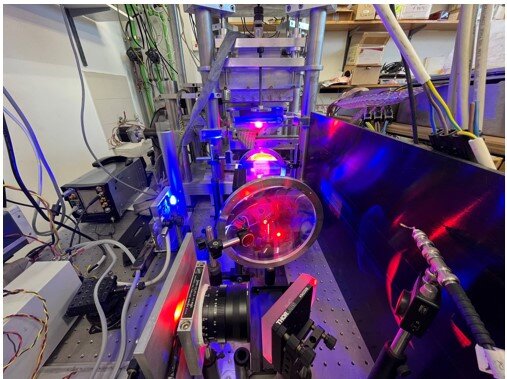Researchers at the Racah Institute of Physics, Hebrew University of Jerusalem, have made a discovery that challenges the conventional understanding of fracture mechanics. The team, led by Dr. Meng Wang, Dr. Songlin Shi, and Prof. Jay Fineberg, has experimentally demonstrated the existence of “supershear” tensile cracks that exceed classical speed limits and transition to near-supersonic velocities. Their paper is published in the journal Science.
Traditionally, brittle materials have been observed to fail through the rapid propagation of cracks. Classical fracture mechanics describes the motion of tensile cracks that release elastic energy within a localized zone at their tips, limiting their speed to the Rayleigh wave speed (CR). However, the recent findings by the Hebrew University researchers indicate a paradigm shift in this understanding.
Utilizing brittle neo-Hookean materials in their experiments, the team identified the occurrence of “supershear” tensile cracks that smoothly accelerate beyond the classical speed limit of CR. Surprisingly, these cracks were observed to surpass the shear wave speed (cS) as well. In certain cases, the velocities of these supershear cracks approached dilatation wave speeds, presenting phenomena previously unobserved in classical fracture mechanics.
One of the most remarkable aspects of the discovery is the observation that supershear dynamics are governed by different principles than those guiding classical cracks. This non-classical mode of tensile fracture is not a random occurrence; rather, it is excited at critical strain levels that depend on the material properties.
“This finding represents a fundamental shift in our understanding of the fracture process in brittle materials,” commented Prof. Jay Fineberg, the corresponding author of the research. “By demonstrating the existence of supershear tensile cracks and their ability to exceed classical speed limits, we have opened up new avenues for studying fracture mechanics and its applications.”
2023-07-28 08:00:04
Original from phys.org
